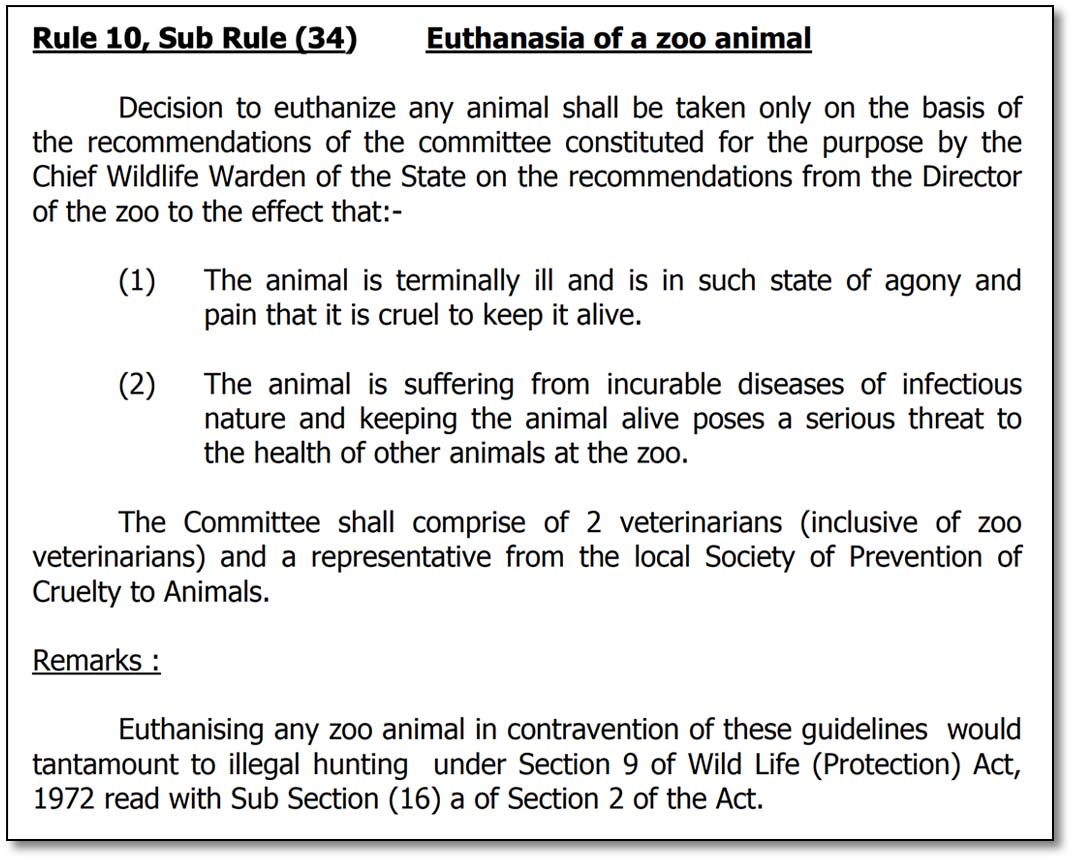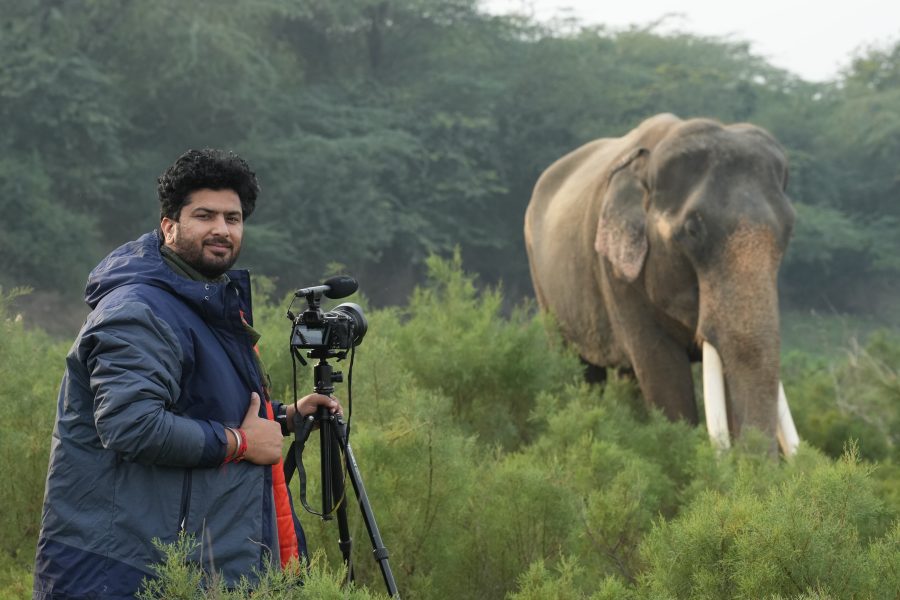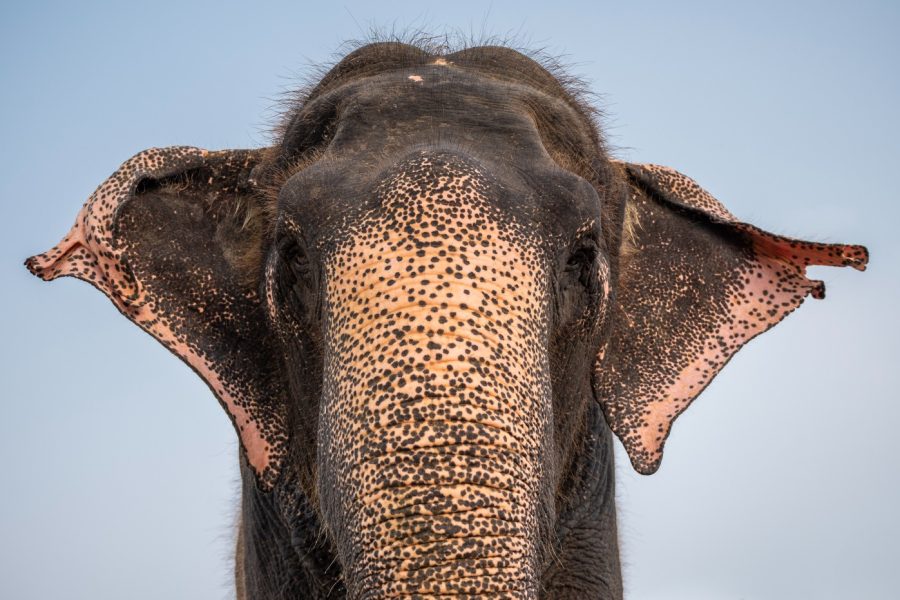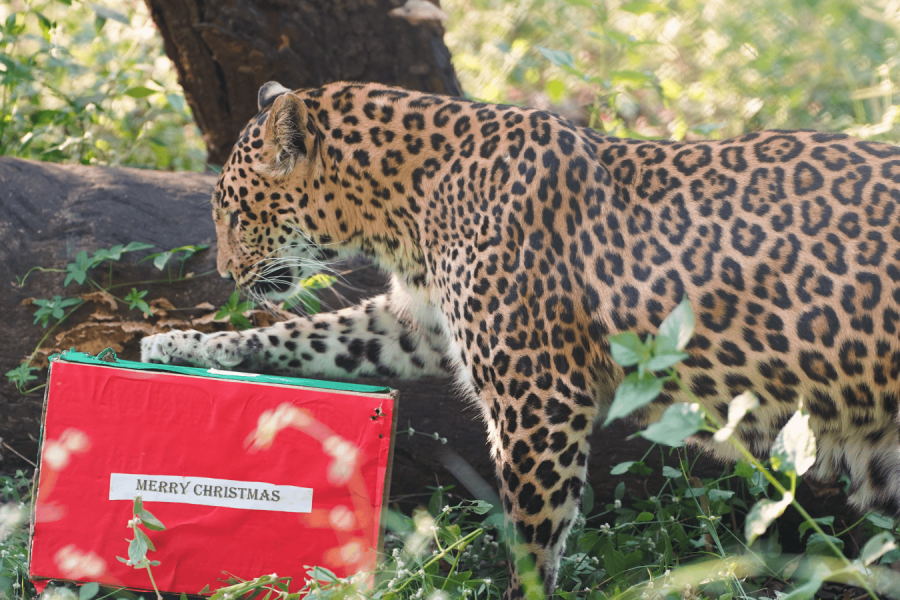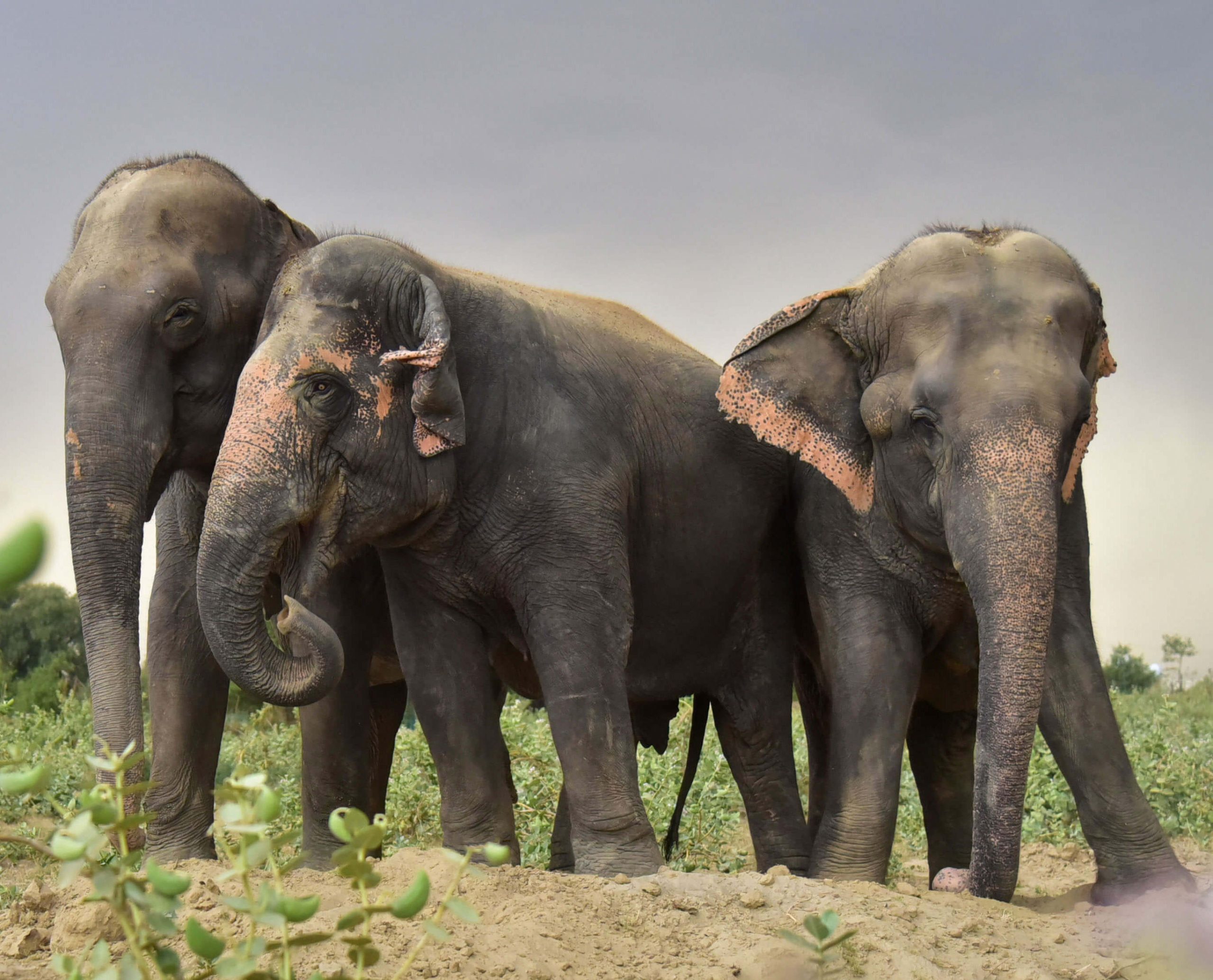Euthanasia, or killing with the intent of compassion, is a difficult topic to discuss. It will likely impact many friends and family, both two and four-legged, and even ourselves one day. Eastern end-of-life views can sometimes seem at odds with a Western perspective.
The Hippocratic Oath – “I will give no deadly medicine to anyone if asked, nor suggest any such counsel”
Euthanasia is not taken lightly in South Asia. For example, many people can’t imagine putting a family dog to death because caring for them becomes costly or inconvenient, yet that is an everyday occurrence in much of Western culture.
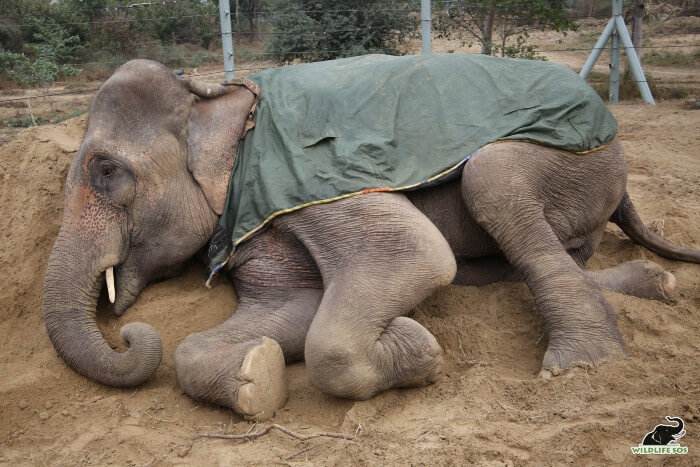
These cultural perspectives and traditions have influenced wildlife protection laws in India as well. For the most part, hunting animals is banned, not eating meat is common, and animals like elephants are often given an opportunity to fight to the very end. In addition, the Indian elephant is a highly protected animal under the Wildlife Protection Act, so any discussions of euthanasia go to the highest officials and an advisory board for consideration. Doing otherwise could promote trafficking animal parts on the blackmarket, and is considered tantamount to illegal poaching of wildlife.
In India, all wildlife is owned by the government. Any “ownership” papers issued by the government are essentially permits to care for the animal, and can be revoked at any time. Although captive and often captured in the wild, elephants in India are still considered wildlife and clearly fall under the Wildlife Protection Act. Unauthorised euthanasia is killing wildlife that doesn’t belong to you, similar to killing your neighbour’s dog because you don’t like the animal’s situation.
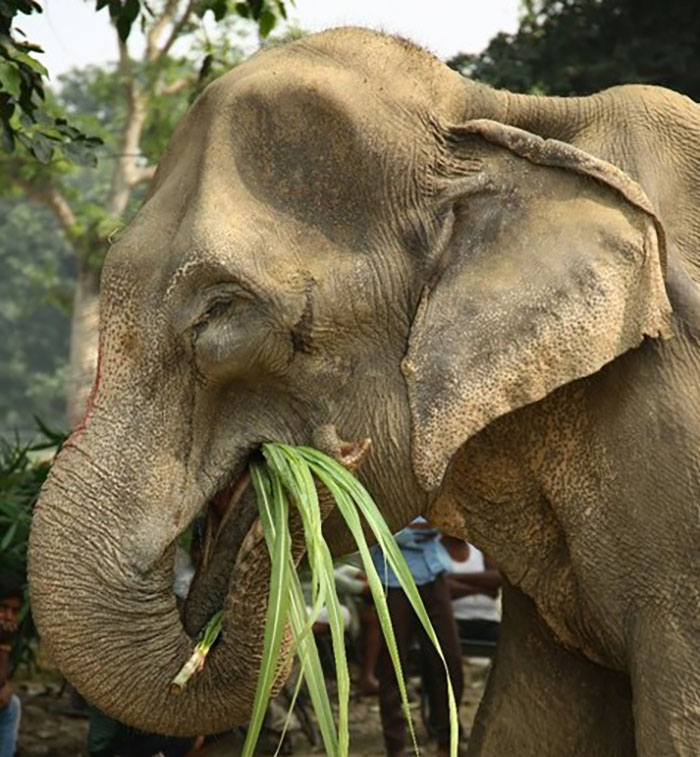
So where does Wildlife SOS stand in its care for critically injured wildlife? If you’ve followed our work for long, you know we get called to address some of the most desperate situations. Elephants that have been struck by trucks or trains are some of the more tragic examples. Elephants Moti, Bella and Lakshmi and their deplorable, deteriorating condition are others. In cases like these, our skilled veterinarians do everything they can to help an animal recover. We use advanced care technologies, manage pain, and keep an animal comfortable and peaceful in hope they regain strength. In some cases, this is hospice care.
If the end comes for the poor animal, we respect their life and know we have done everything we could to help them find peace, compassion and comfort in the end. It’s not easy for anyone involved, but upholding the principles of dignity and giving animals a fighting chance to recover are the right things to do.
